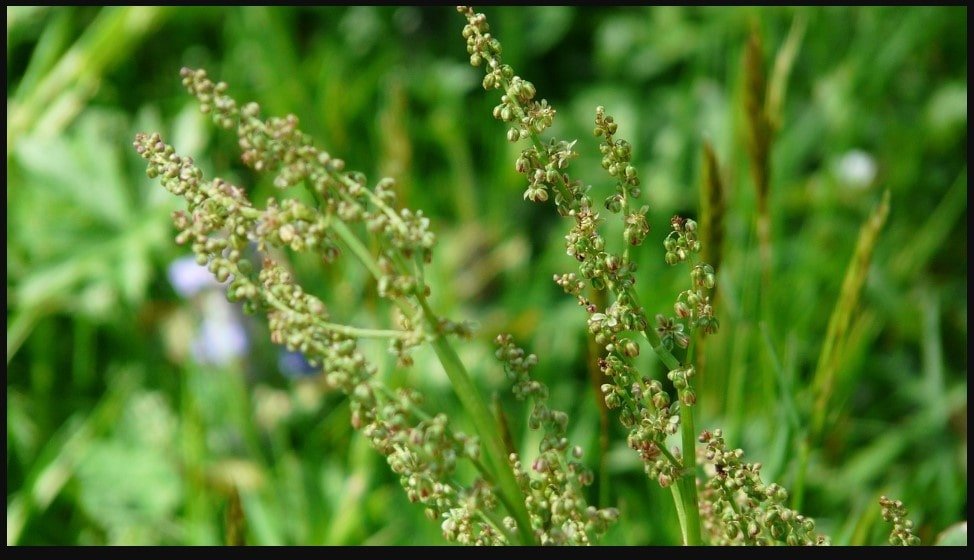Introduction
Sauerampfer, commonly known as Sorrel, is a leafy green plant renowned for its unique tangy flavor and rich nutritional profile.
As culinary trends shift towards healthier and more diverse food options, Sauerampfer has gained popularity in kitchens and gardens worldwide. This article explores the various uses and benefits of Sauerampfer, highlighting why it deserves a spot in your diet and garden.
What Is Sauerampfer?
Sauerampfer (Rumex acetosa), or Sorrel, is a perennial herb that thrives in temperate climates. It is characterized by its arrow-shaped leaves and a distinct tart taste, which comes from oxalic acid. This herb has been used for centuries in European cuisine and traditional medicine.
The Nutritional Value of Sauerampfer
Sauerampfer is not just a flavorful addition to dishes but also packs a nutritional punch:
- Vitamins and Minerals: Sauerampfer is rich in vitamins A, C, and K. Vitamin C boosts immune function, while vitamin K plays a crucial role in blood clotting and bone health.
- Antioxidants: It contains antioxidants that help combat oxidative stress and inflammation.
- Fiber: The herb is a good source of dietary fiber, which supports digestive health and can help manage blood sugar levels.
Culinary Uses of Sauerampfer
Sauerampfer’s tangy flavor makes it a versatile ingredient in various dishes:
- Salads: Fresh Sauerampfer leaves can be added to salads for a zesty kick. Combine them with other greens and vegetables for a refreshing and nutrient-packed salad.
- Soups and Stews: The herb’s acidity enhances the flavor of soups and stews. It pairs well with potatoes, leeks, and fish, adding depth and complexity to the dish.
- Sauces and Dressings: Sauerampfer can be blended into sauces and dressings, offering a unique tang that complements rich and light dishes.
- Pesto: To twist traditional pesto, blend Sauerampfer leaves with nuts, garlic, and olive oil. This vibrant green pesto can be used as a spread or a pasta sauce.
- Herbal Tea: Sauerampfer leaves can be steeped to make a refreshing herbal tea, providing a soothing and tangy drink.
Medicinal Uses of Sauerampfer
Historically, Sauerampfer has been used in traditional medicine for various ailments:
- Digestive Health: Its high fiber content aids in digestion and helps prevent constipation. The herb has been used to treat gastrointestinal issues.
- Anti-inflammatory Properties: Sauerampfer has been used in poultices and compresses to reduce inflammation and treat skin conditions.
- Detoxification: The herb is believed to have detoxifying properties, helping to cleanse the body of toxins and support overall health.
Growing Sauerampfer
Growing Sauerampfer in your garden is relatively easy and can be highly rewarding. Here’s how:
- Planting: Sauerampfer prefers well-drained soil and a sunny to partially shaded location. It can be grown from seeds or transplants. Sow seeds directly into the soil in early spring or fall.
- Care: Once established, the plant is low-maintenance and drought-tolerant. Regular watering and occasional fertilization will keep it healthy and productive.
- Harvesting: You can start harvesting Sauerampfer leaves once they reach a usable size. For the best flavor, pick the leaves when they are young and tender.
Tips for Cooking with Sauerampfer
- Balancing Flavors: Sauerampfer works well with rich, fatty ingredients like cream or butter due to its tartiness. Balance its acidity with sweeter or milder ingredients.
- Cooking Time: Avoid overcooking Sauerampfer, as prolonged heat can diminish flavor. Add it towards the end of cooking to retain its distinctive taste.
- Storage: Fresh Sauerampfer can be stored in the refrigerator for up to a week. For more extended storage, consider freezing or drying the leaves.
Sustainability and Environmental Benefits
Growing Sauerampfer is environmentally friendly for several reasons:
- Low Water Usage: The herb is drought-tolerant and requires less water than other crops.
- Soil Health: Sauerampfer can improve soil health by contributing organic matter when composted.
- Biodiversity: Adding Sauerampfer to your garden promotes biodiversity and supports local wildlife.
Conclusion
Sauerampfer, with its vibrant flavor and numerous health benefits, is a valuable addition to your diet and garden. From enhancing culinary creations to offering medicinal advantages, this herb is a versatile and beneficial plant. Whether you’re a seasoned gardener or a culinary enthusiast, incorporating Sauerampfer can enrich your life and support a healthier lifestyle.


